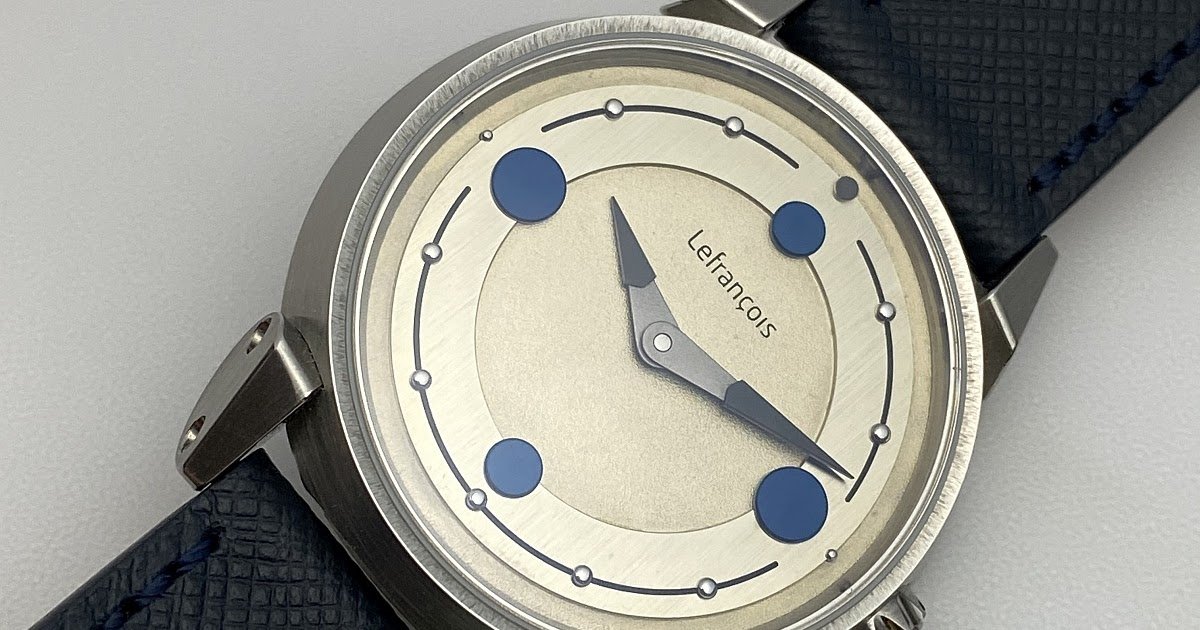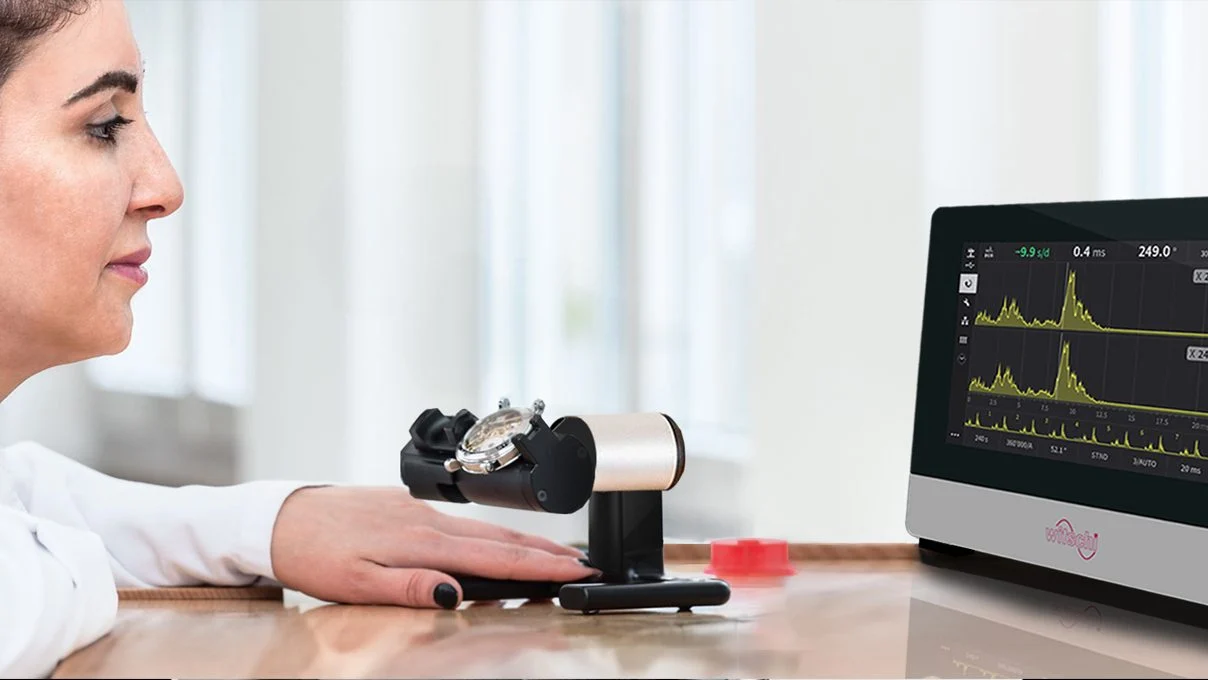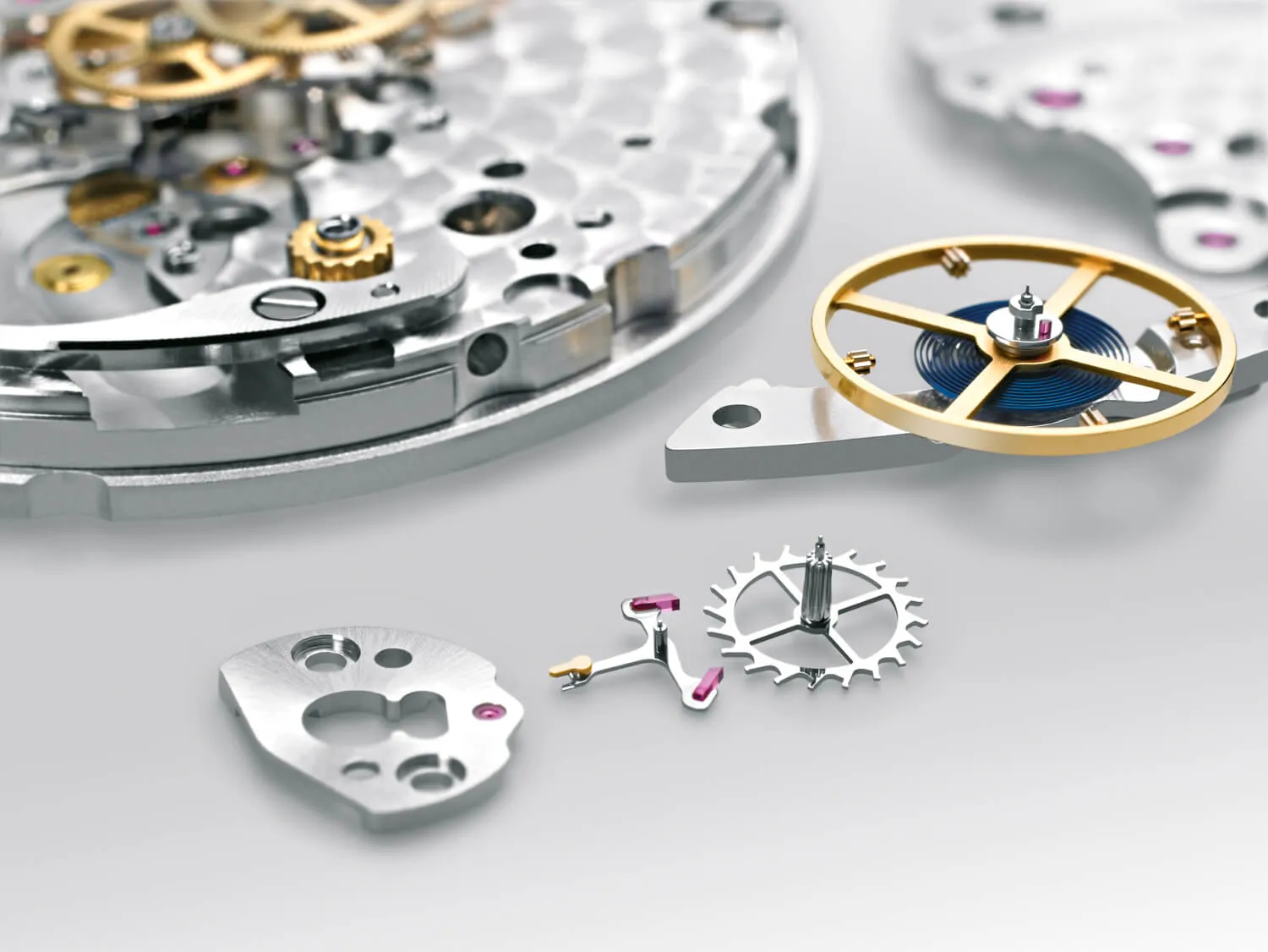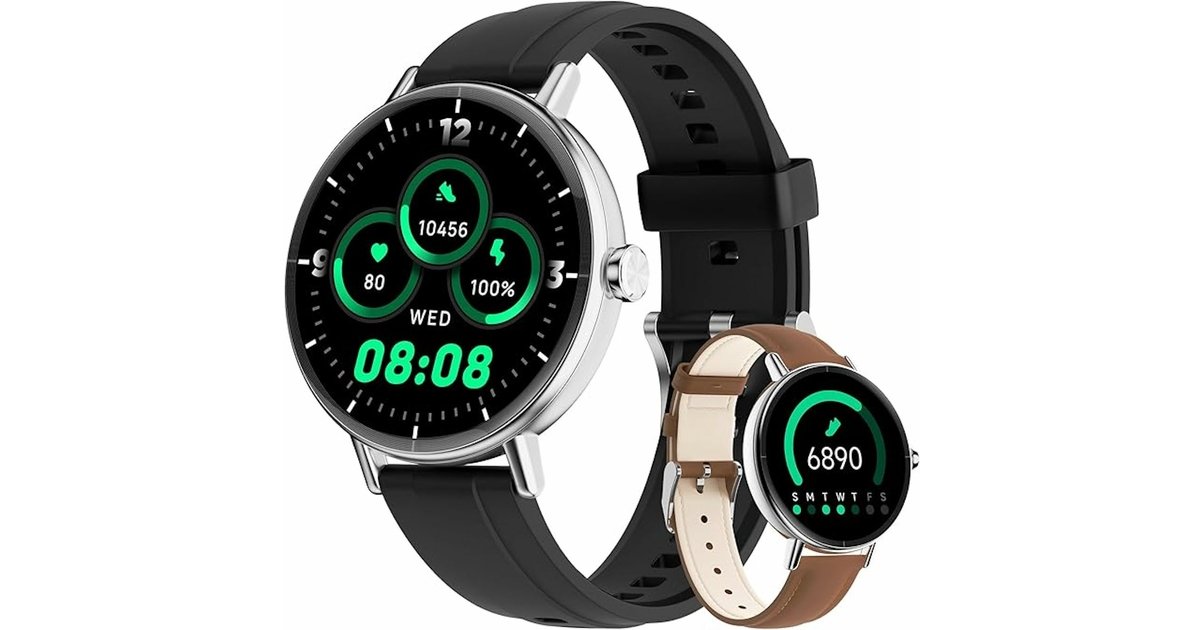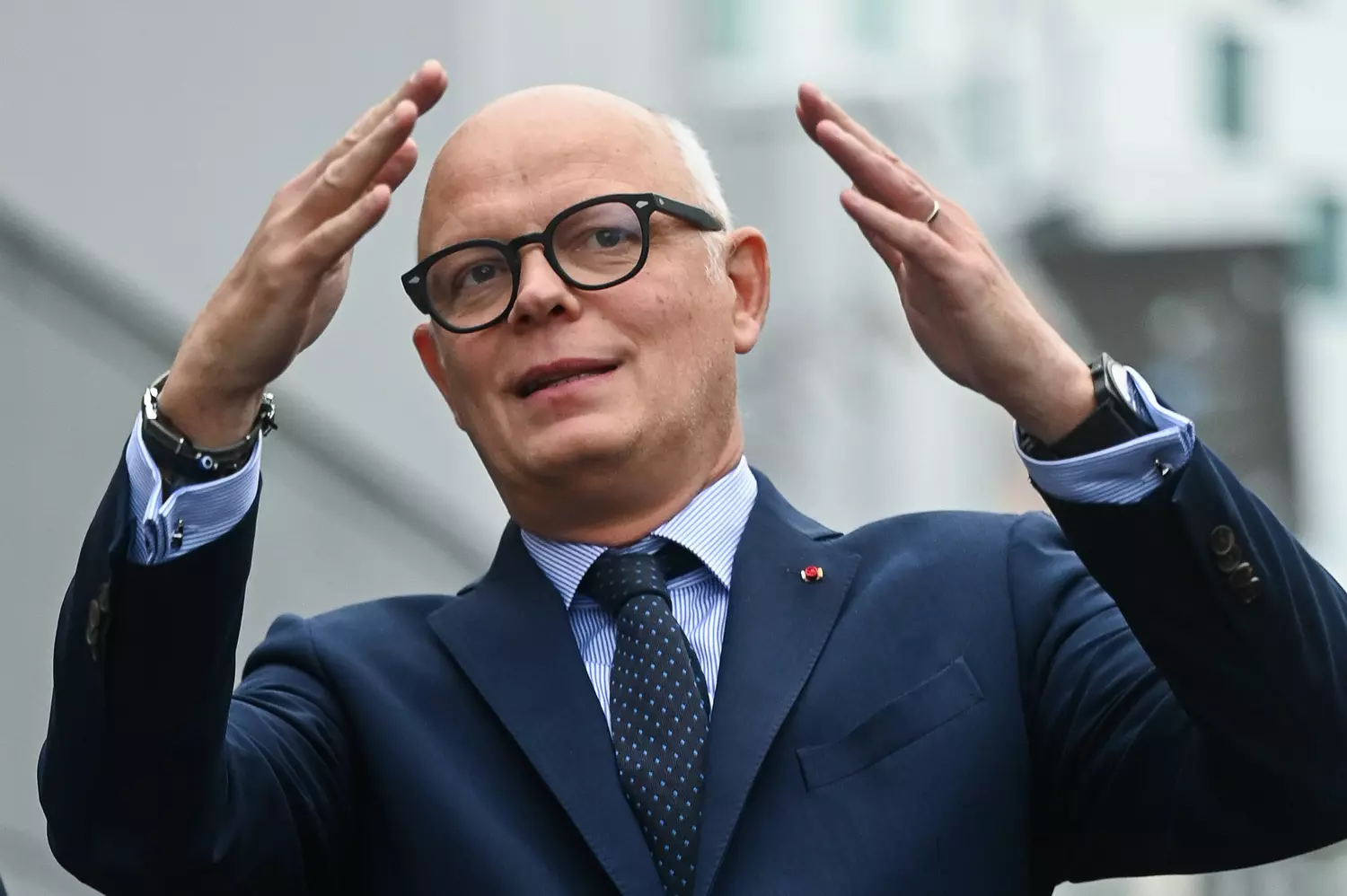I had the chance to meet Simon Lefrançois in Paris a few weeks ago. It is exactly for this kind of meeting that I created the blog and the Instagram account. Over time, it is the discoveries of trajectories and personal projects that interest me the most. Those of Simon Lefrançois, a watchmaker based in Morbihan, deserve to be dwelt on. My curiosity had been piqued when Simon Lefrançois posted a photo of his first wristwatch on Instagram last September. I found it successful from an aesthetic point of view because it had character and personality, which is never easy to obtain with a first creation. So I contacted Simon Lefrançois and the meeting was able to materialize a few weeks later.
As I have already had the opportunity to point out, French watchmaking is currently undergoing a revival thanks to numerous projects that are coming to fruition. What characterizes it best is its diversity and the density of talent that it reveals. Regarding this second point, I am not really surprised given the quality of French watchmaking training. But rather than going to work in renowned companies in Switzerland, some French watchmakers prefer to create their companies and develop their own projects. This is obviously not without risk and this entrepreneurial approach must be applauded. The notion of diversity manifests itself in different ways: it concerns men or women, of all ages and who settle in geographical areas not necessarily known for their watchmaking traditions. For example, we had the case of Pascal Coyon whose workshop is located in the Landes or that of Cyril Brivet-Naudot who works from Finistère. Well, we will now also have to count on Simon Lefrançois who decided to leave Switzerland and its big houses to join his partner in Morbihan in 2017.
Simon Lefrançois’ first wristwatch:
Simon Lefrançois caught the watchmaking bug at the age of 16 thanks to a meeting with a fascinating watchmaker who had her workshop in a small village in the Lot. She passed on to him her passion for the world of antique watchmaking, which led him to decide to train at the Bordeaux watchmaking school. Once he had his CAP in his pocket, he headed to Switzerland at the age of 19 to gain practice and experience and discover a watchmaking industry he was unfamiliar with: that of exceptional craftsmen. This is how he began his long stay in Switzerland at Vianney Halter in Sainte Croix before working for manufacturers with larger production volumes such as Patek Philippe or François-Paul Journe. Simon Lefrançois also had the opportunity to work on the restoration of antique pieces at Vacheron Constantin or Omega. He completed his experience at Greubel Forsey. Then came the decision to leave Switzerland for family reasons.
The horns forge a large part of the watch’s identity:
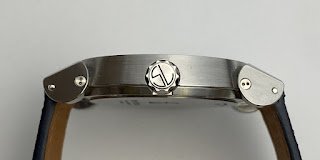
After the birth of his son, Simon Lefrançois opened his watchmaking workshop in Férel, which in a way also contributed to the acquisition of skills. The work carried out in the workshop was very far from that practiced at Vacheron Constantin or François-Paul Journe, but it gave him the opportunity to understand a more popular watchmaking with different customer concerns. He was also able to learn how to organize a business with all the constraints that this entails.
But, like any good watchmaker who respects himself, the desire to develop his own creation was born in his mind and his first sketches and tests were devoted to the development of a pocket watch. The influence of years of work on antique and heritage watches was felt in this choice. Very quickly, Simon Lefrançois realized that to carry out such a project, he had to complete his tools, invest in equipment, restore it and familiarize himself with it. The creation of this pocket watch, which Simon Lefrançois has just revealed via his Instagram account, allowed him to understand the difficulty of working in an environment far from that of the traditional watchmaking production regions in which the entire fabric of artisans and subcontractors is located. When you work in a workshop far from these regions, you work alone and you have to learn to gain autonomy and solve problems with resourcefulness. The prototype of the pocket watch was made, using a steel case with a diameter of 52mm and a Unitas 6497 caliber. Its completion was a very formative experience for Simon Lefrançois.
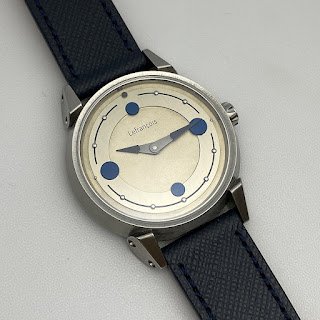
Then came the wristwatch project and I think Simon Lefrançois took it in the right direction. He wanted to develop a watch that he would like and that he would enjoy wearing. He wanted to design it at his own pace, without pressure from social networks and that is why he was very discreet about this ambition. Indeed, the first photos communicating on the elements of the piece were only published a month before the presentation of the final piece. In short, the key word was “tranquility” and this is felt in the version that I had the opportunity to see.
Simon Lefrançois does not like to rush things, so for this first watch he wanted to focus on the aesthetic dimension of the case and dial and on the steps of their manufacture. The aim was to use an existing movement (an ETA 2892-A2 caliber in this case) in order to focus the work on the harmony between the design components to create an elegant, coherent style with character.
The cornerstone of the watch, which unfortunately does not really have a name at this stage, is the design of the case. This steel case has a diameter of 38mm and a thickness of 7.4mm. Reading these dimensions, one has the feeling of being faced with a classic case. But it is not. Its shape is particular because it is conical. This gives it dynamism while controlling the diameter and the opening of the dial. But there is a very specific reason that explains this shape. It is the size of the lugs and the way in which they are fixed on the case. In order to give the whole balanced proportions, it was important that the base of the case be wider than the upper part. In any case, I really appreciated the inclination of the caseband and the design of the lugs.
In fact, when I discovered Simon Lefrançois’ first watch, I thought of Peter Speake-Marin’s first Piccadillys. I found a case with character with powerful lugs. The movement is not exclusive but reliable and repairable, making the watch durable and easy to service. In short, I saw many similarities in the state of mind even if the watches do not look alike.
The case back is solid which is the appropriate solution in this context:
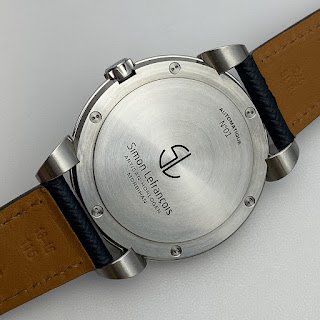
The success of Simon Lefrançois’ watch design lies in the subtle combination of circular elements (particularly on the dial) and geometric elements such as the horns or pointed hands.
The horns bring a three-dimensional dimension and I had the feeling that the case was thicker than it really is. The volume effects are also present on the dial because it offers several levels. The work of volumes was one of the guiding threads of the approach and it is felt.
The nickel silver and steel dial was also the subject of great care in its design. Simon Lefrançois hollowed it out with a milling machine to remove the central disc. He made the polished or flame-blued steel studs which are then riveted to the dial. He carries out all the tasks, only an external engraver intervenes for the signature of the dial, the back (the movement is not visible which is not a problem) and the crown. I appreciate the line that connects the indexes because it amplifies the feeling of circular construction, as if the dial could rotate. The steel hands offer optimal readability and they contrast with the other components of the dial because of their shapes.
Note that Simon Lefrançois is open to a certain margin of customization provided that the architecture of the dial and the manufacturing techniques are respected. I would like to point out that the readability is excellent, preserved thanks to the sapphire crystal. You will note the absence of a permanent second hand. This did not bother me but I know that people want to have a running indicator displayed on the dial side. I think the watch is more beautiful this way because the purity of the dial reinforces the aesthetic approach based on the harmony and rendering of the materials. A clarification: the watch is not guaranteed waterproof, but it has three seals: one on the glass, one on the back and one on the crown.
As you can see, Simon Lefrançois’ approach consists of designing the elements that surround the movement and creating the harmonious context that connects them together. The whole includes around 50 parts to be machined and adjusted on which the finishes must be applied. Such an execution requires a month of work. Given the current order book, we must count on at least one delivery this summer for a request made in January.
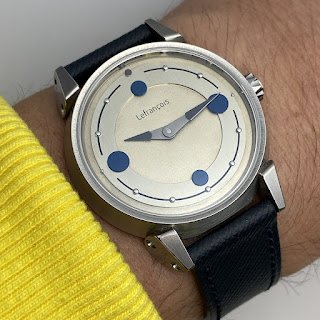
The current sale price is 3,600 euros including VAT. The watch comes with its leather case which is housed in an oak wooden box. The case and the box are made by craftsmen who are partners of Simon Lefrançois. The craftsman carpenter is from the region. The hinges of the box are made in the workshop to recall the screws on the back of the watch, which is a nice nod. The box also includes a screwdriver which allows the strap to be changed. This strap is made of Oxford blue Molequin leather.
To place an order, simply contact Simon Lefrançois directly via his Instagram account: @montre_lefrancois.
In any case, I appreciated Simon Lefrançois’ approach, his sincerity and his desire to do things at his own pace, initially focusing on the aesthetic approach. I think the sale price is well positioned. The movement is certainly not exclusive, but the entire construction around it is. Above all, for this price, you become the owner of a unique watch, with character, which is the fruit of a personal approach… and French. The acquisition of such a piece thus goes beyond a purely transactional dimension. We contribute to the sustainability of a watchmaking workshop in Morbihan and we support the ambition of returning to the forefront of French watchmaking.
